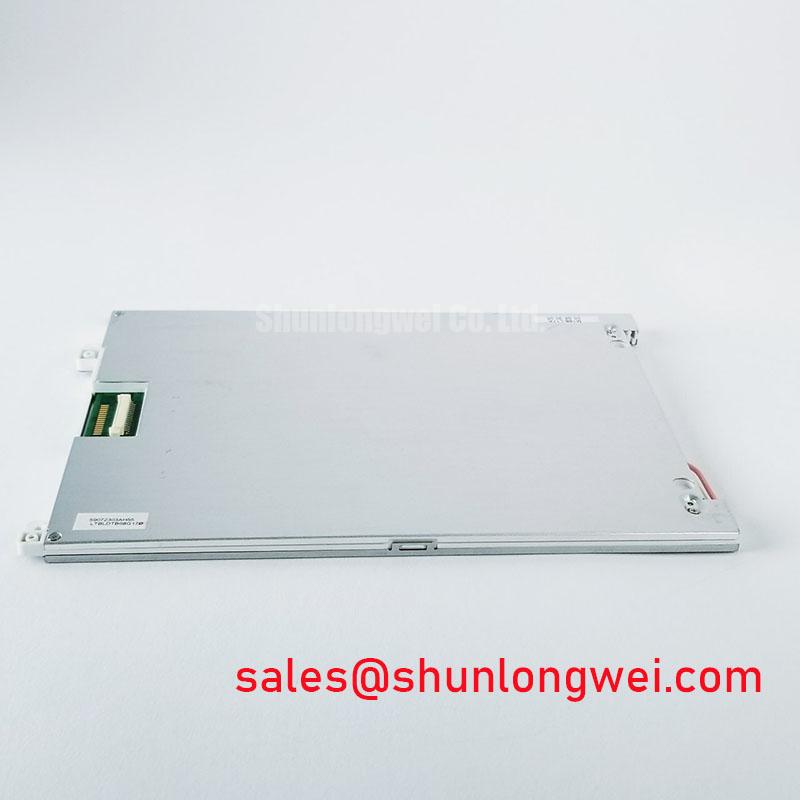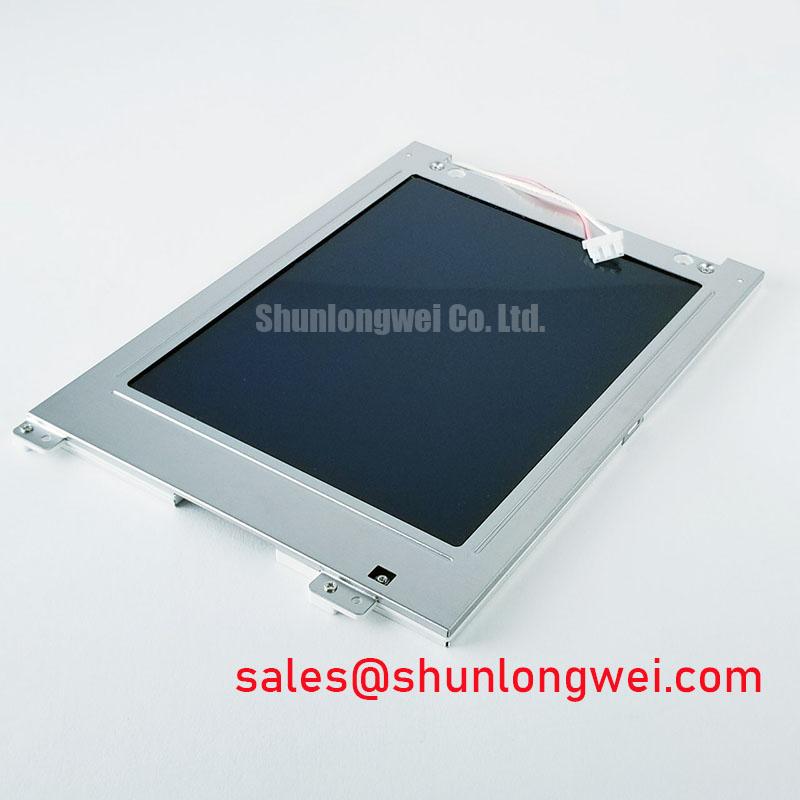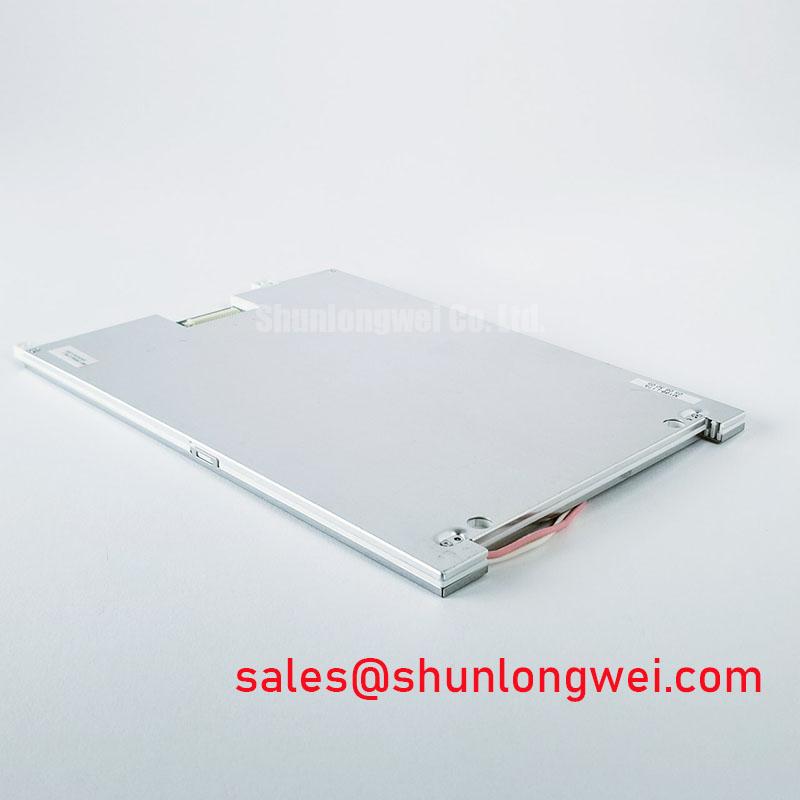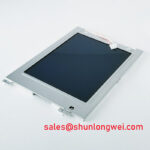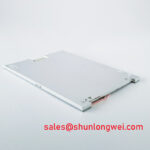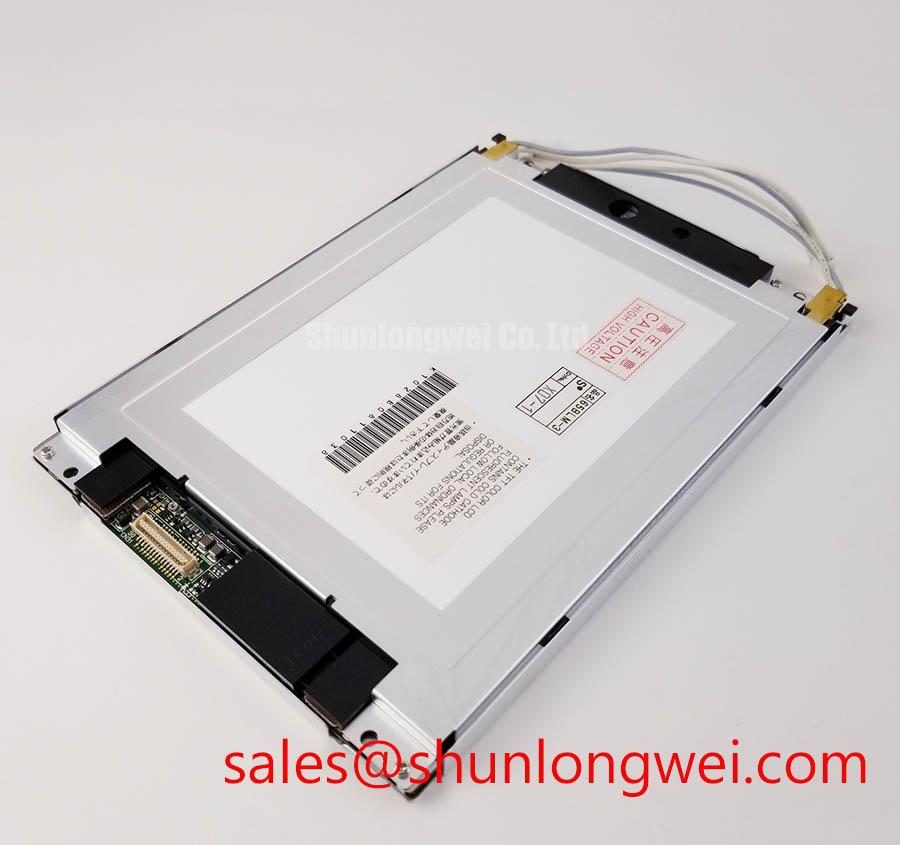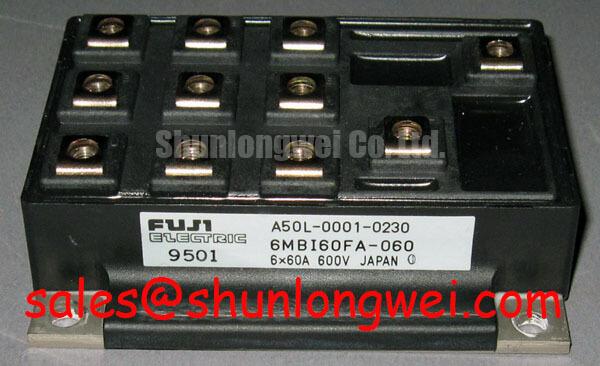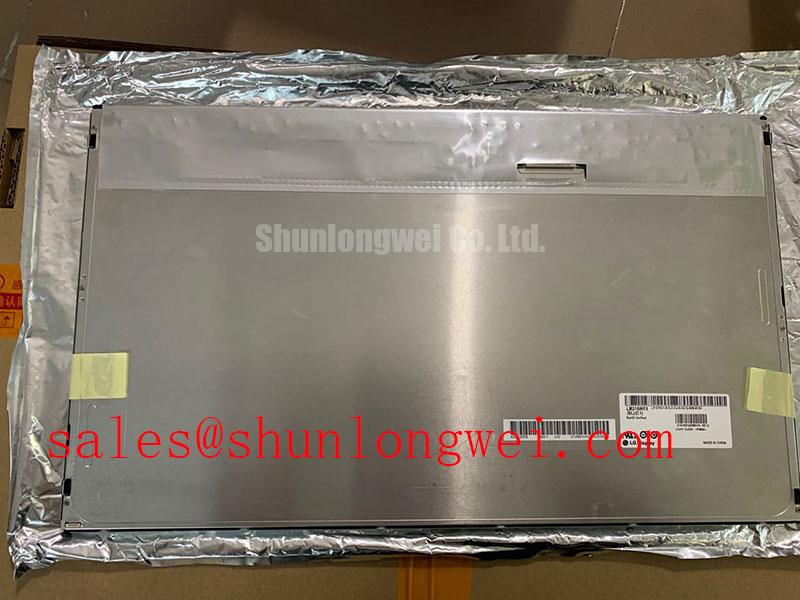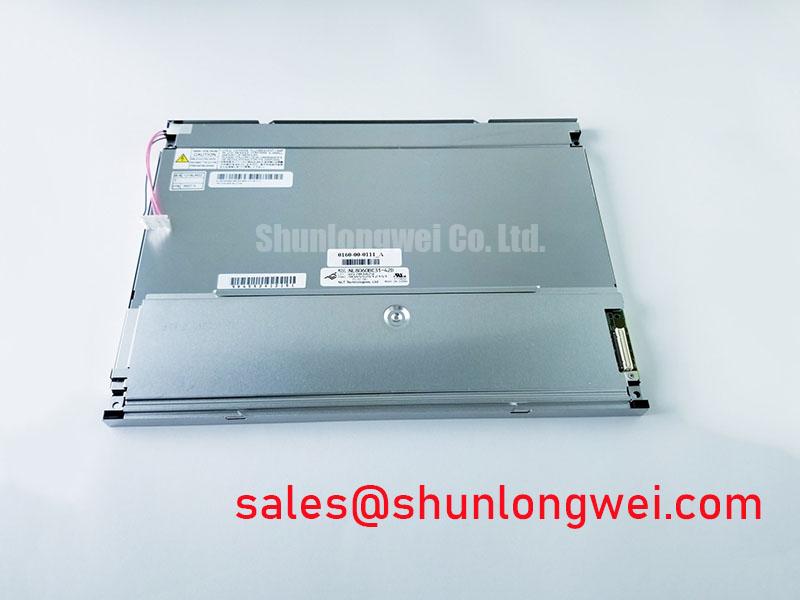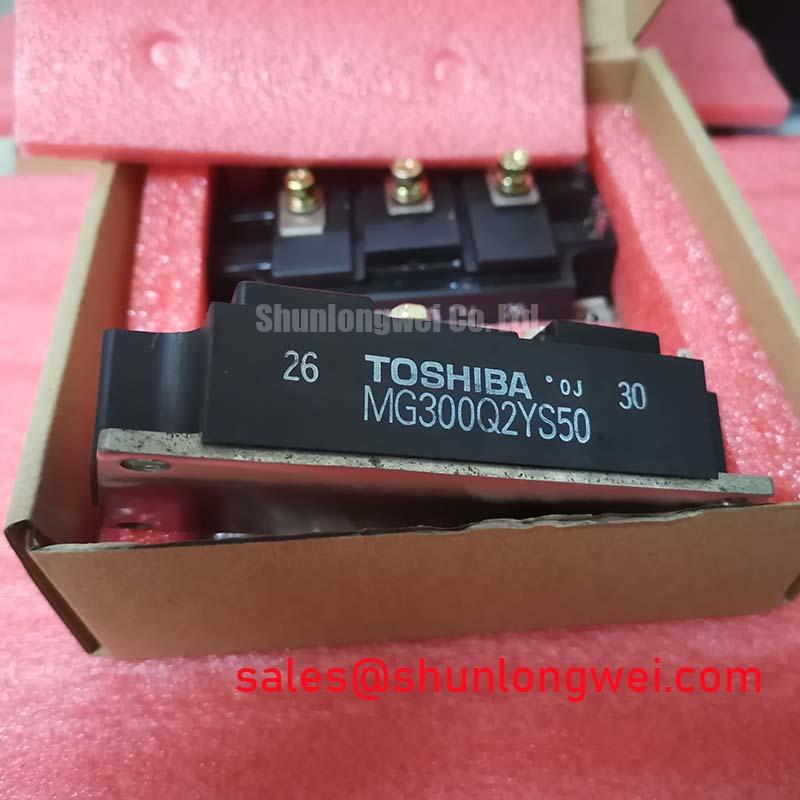LTBLDTB68G17D | 7.0" 800x480 WVGA Industrial TFT-LCD for HMI Applications
A Resilient Display Engineered for Industrial Environments
Content last revised on October 20, 2025.
Engineered for operational resilience in demanding industrial settings, the LTBLDTB68G17D is a robust 7.0-inch WVGA display module. It delivers consistent performance with key specifications including an 800x480 Resolution | -10 to 60°C Operating Temperature | LVDS Interface. The primary engineering benefits are its enhanced environmental resilience and simplified system integration, directly addressing the need for a reliable HMI panel that functions across a wide temperature spectrum. What is the key benefit of the LTBLDTB68G17D's temperature range? It ensures operational reliability in fluctuating industrial environments. For control systems requiring a durable 7-inch display, the LTBLDTB68G17D's wide temperature range makes it a prime candidate.
Key Parameter Overview
Decoding the Specifications for Environmental Durability
The technical specifications of the LTBLDTB68G17D are tailored for industrial applications where reliability and clear visuals are paramount. The wide operating temperature range is a critical feature, ensuring functionality in environments without stable climate control. This specification, combined with a standard LVDS interface, provides a solid foundation for robust system design.
| Feature | Specification |
| Panel Type | a-Si TFT-LCD |
| Diagonal Size | 7.0 inch |
| Resolution | 800(RGB)×480, WVGA |
| Pixel Arrangement | RGB Vertical Stripe |
| Active Area | 152.4(W) × 91.44(H) mm |
| Outline Dimensions | 165(W) × 104(H) × 5.5(D) mm |
| Luminance | 230 cd/m² (Typ.) |
| Contrast Ratio | 400:1 (Typ.) (TM) |
| Viewing Angle | 70/70/60/70 (Typ.)(CR≥10) |
| Interface Type | Parallel RGB (1 ch, 6/8-bit) |
| Backlight | WLED with included driver |
| Operating Temperature | -10 ~ 60 °C |
| Storage Temperature | -20 ~ 70 °C |
For complete electrical characteristics, timing diagrams, and mechanical drawings, please refer to the official product documentation.
Application Scenarios & Value
System-Level Benefits in Industrial Control and Monitoring
The LTBLDTB68G17D is an optimal fit for a range of industrial control and monitoring systems. Its design directly addresses common engineering challenges related to environmental stress and integration complexity. What simplifies its integration into a larger system? Its integrated backlight driver and standard LVDS interface reduce external component count.
Consider the design of a Human-Machine Interface (HMI) for a CNC machine on a factory floor. The enclosure can experience significant temperature swings, from cold startups to peak operational heat. A commercial-grade display could exhibit slow response times or complete failure under such conditions, leading to costly production halts. The LTBLDTB68G17D's operating range from -10°C to 60°C directly mitigates this risk, ensuring the operator has a consistent and reliable interface regardless of the ambient environment. This built-in resilience is crucial for maintaining operational uptime in demanding industrial automation settings.
While the LTBLDTB68G17D provides a robust solution for standard industrial needs, for applications requiring higher brightness for outdoor readability, the related G070ACE-L01 offers a higher luminance of 500 nits.
Frequently Asked Questions
Engineering Questions on Integration and Reliability
How does the -10 to 60°C operating temperature range of the LTBLDTB68G17D contribute to a lower total cost of ownership in an HMI system?
This wide temperature range reduces the need for auxiliary heating or cooling components within the system enclosure, simplifying thermal management design. This leads to a lower bill of materials (BOM), reduced power consumption, and fewer potential points of failure, thereby lowering both initial development costs and long-term maintenance expenses.
What is the primary advantage of the integrated WLED backlight driver for a system designer?
The inclusion of a backlight driver on the display module itself simplifies the power delivery architecture of the host system. It eliminates the need to design, source, and validate a separate driver board, which accelerates the development timeline, saves board space, and reduces electrical integration complexity.
Industry Insights & Strategic Advantage
Meeting the Demands of Modern Industrial Automation
The push toward Industry 4.0 and decentralized control systems places greater demand on reliable, deployable interface technologies. The LTBLDTB68G17D aligns with this trend by providing a practical, no-frills display solution that prioritizes durability and ease of use over unnecessary features. Its robust construction supports the deployment of HMIs and diagnostic panels directly on the manufacturing line, where they are exposed to more challenging conditions than a traditional control room.
The engineering value lies in its pragmatic design. For instance, the integrated backlight driver can be thought of as a pre-certified subsystem. It's like buying a picture frame that comes with its own built-in, perfectly matched lighting. You avoid the engineering overhead of sourcing a separate component, verifying its compatibility, and designing the power circuit. This approach allows development teams to focus their resources on software and core system functionality, leading to a faster time-to-market for their final product. This level of integration is a key enabler for building out the vast network of visual interfaces required by modern smart factories.
To understand more about the foundational technology, explore this guide to TFT-LCDs.
For inquiries regarding the LTBLDTB68G17D or to assess its suitability for your specific application, please contact our technical support team to review the detailed datasheet and further documentation.

